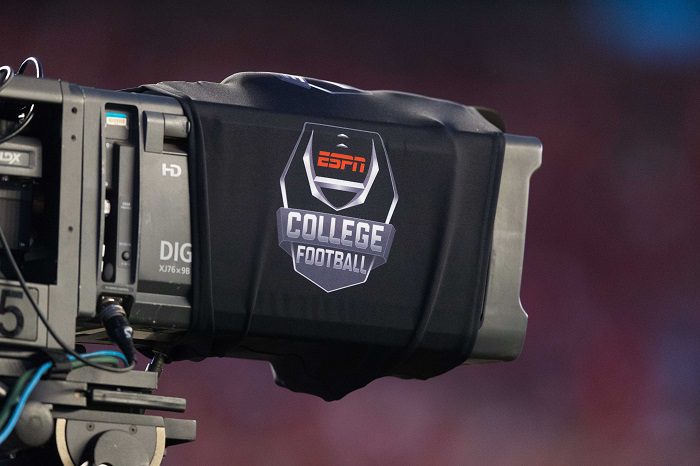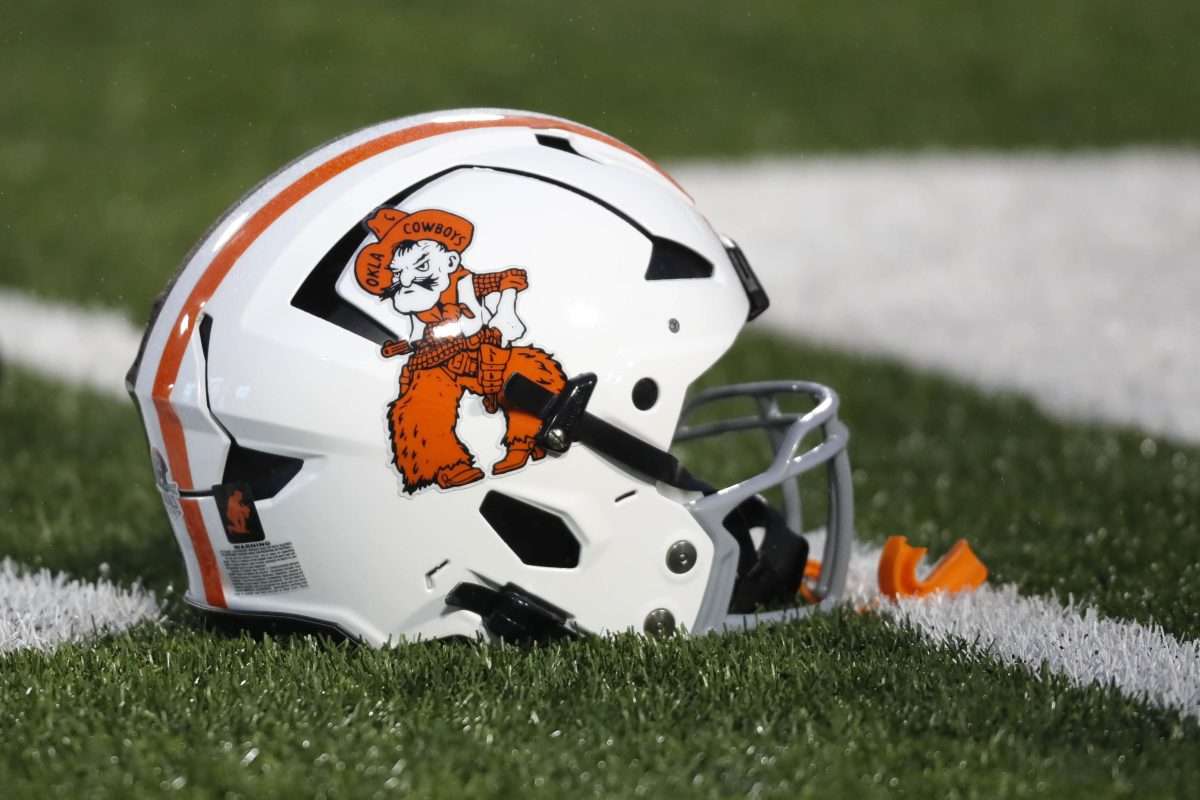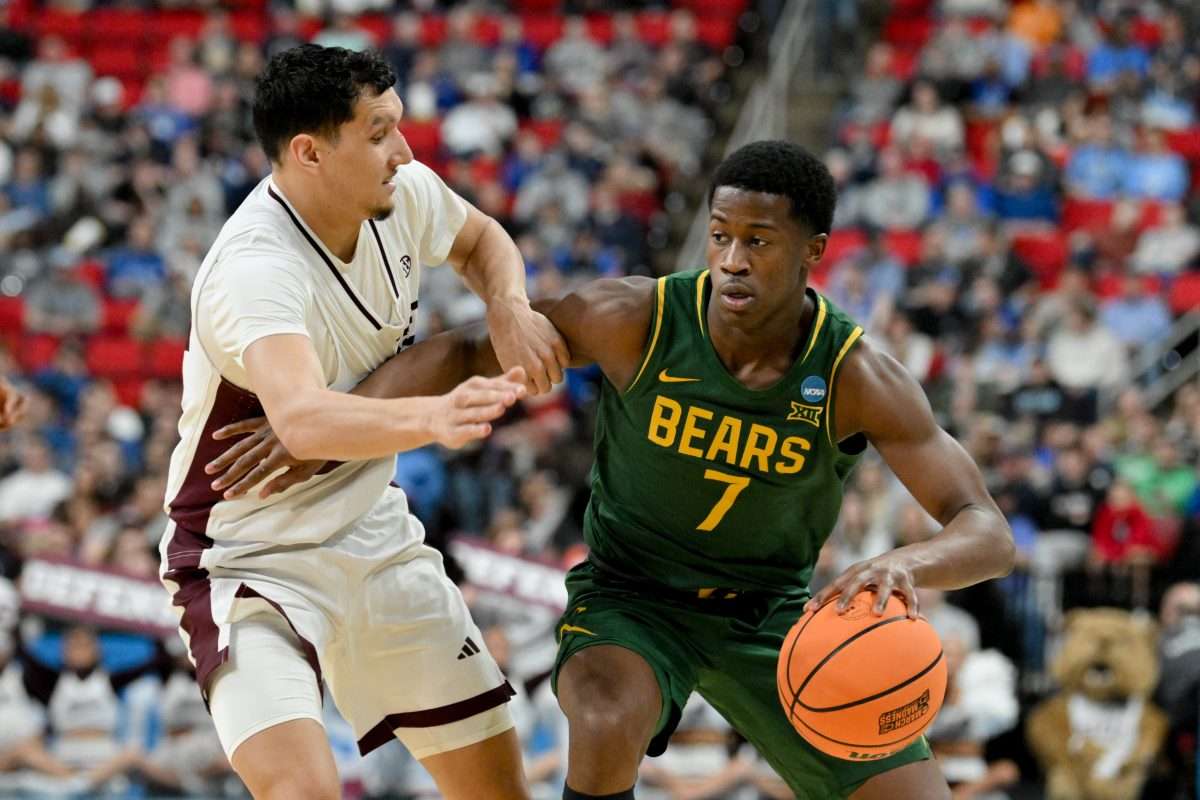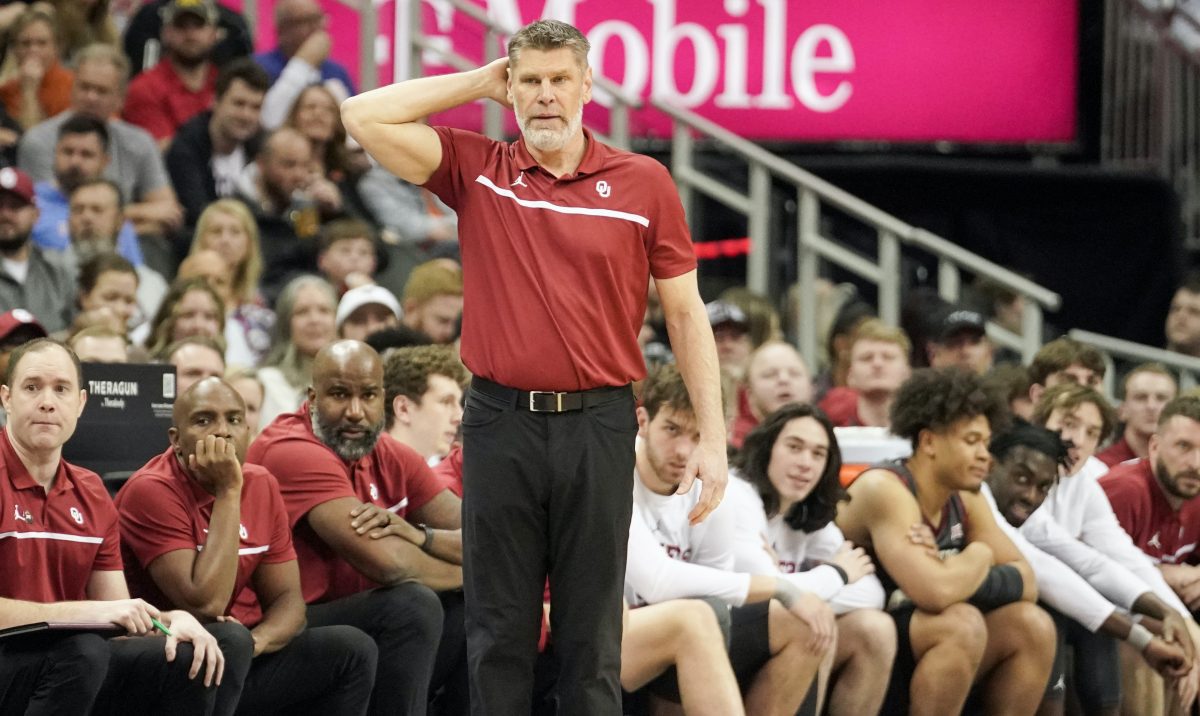Arizona State fans are upset, and for good reason, after an obvious targeting call was overlooked late in the fourth quarter of the Sun Devils’ game 39-31 2OT loss to Texas.
On 3rd & 15, with just over a minute left in a 24-24 game, Sam Leavitt completed a nine-yard pass to Melquan Stovall, who was immediately blown up by safety Michael Taaffe.
Stovall was still in the process of securing the catch when the hit occurred, which makes him a defenseless player. Plus, there was clear and evident forcible contact to the head or neck area, making this a textbook case of targeting.
While it wasn’t called initially, there was a review process to determine whether targeting occurred, and it appeared a certainty that the penalty would be enforced and ASU would get a fresh set of downs and move into Texas territory. Even the ESPN broadcast team of Joe Tessitore and Jesse Palmer thought that targeting would be the call, and that the Sun Devils’ drive would continue.
However, after about a minute of reviewing the play, the officials determined that there was no targeting on the play, making it 4th & 5 and forcing Arizona State to punt. Texas would miss a field goal at the end of regulation, and the game would ultimately be decided in a double-overtime thriller, but if the call had been made, the outcome might look very different.
The game was a rollercoaster of emotions from that point on, and had this play never happened, it would probably be a much easier loss for Arizona State fans to accept. Instead, it was one of the biggest topics on social media for hours after the game.
On Wednesday night’s episode of SVP, Scott Van Pelt and ESPN analyst Dusty Dvoracek discussed the non-targeting call and laid out all the details plain as can be.
“If that’s a 1 o’clock window game between a couple of ACC or any conference … or whatever. I don’t care who it is. That’s targeting a hundred times out of a hundred,” said Van Pelt. “It wasn’t in this case.”
“I thought it was targeting,” said Dvoracek. “I picked up the phone, I made a few phone calls. I talked to [rules analyst] Bill LeMonnier, who I think is one of the absolute best … and he said, verbatim, ‘it’s a defenseless player. There was an upward thrust indicator. Forceable contact to the head or neck area. It’s targeting.'”
“That looked to me to be the letter of the law targeting.”
Despite all the conjecture and arguing on this topic, the answer to how this should’ve been handled is obvious. It was an obvious case of targeting, and if player safety is truly the overarching reason for the rule that is in place, the call has to be made — regardless of the situation.
Was the ending of the game decided in that moment? Not necessarily. Was the overtime thriller unforgettable? You bet.
But, the main job of a crew of officials is to ensure that the football game is called without bias and is fair to both parties under an agreed set of rules. In this particular case, they fumbled a major call in a major moment, and that is unfortunate.





